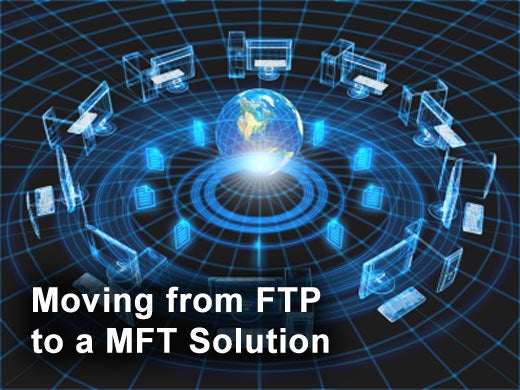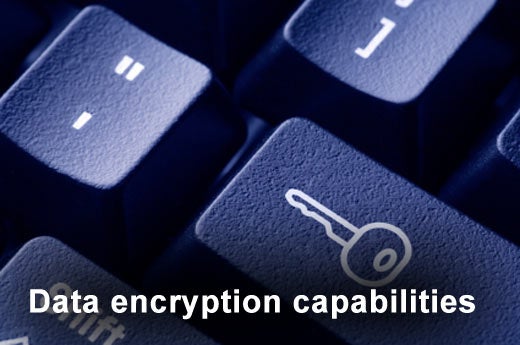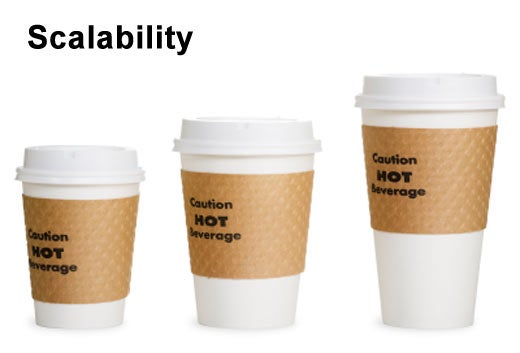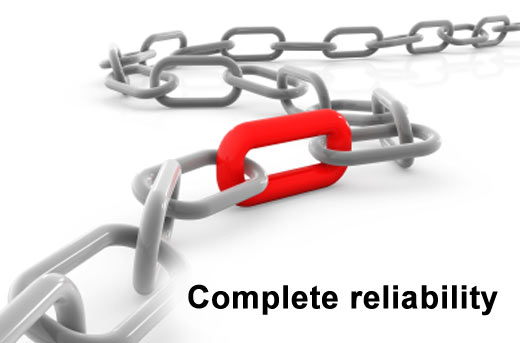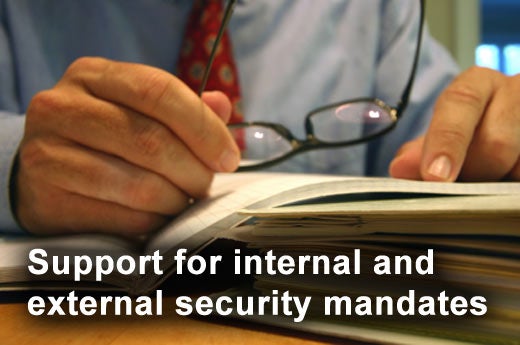File transfer, one of the most commonly adopted software technologies around the world, traditionally has been used for the exchange of file-based information between different IT systems and over the Internet. However, basic file transfer technology is limiting and its capabilities are fundamentally inadequate. Many of today’s existing file transfer solutions lack the management, control and integration capabilities needed to support today’s challenging business environment.
While many companies recognize the importance file transfer technology plays in their enterprise, the adoption of advanced solutions is sometimes delayed. Some companies utilize technologies such as file transfer protocol (FTP), older file transfer applications or message-based transfer to satiate their file transfer needs. However, these technologies often fall short when it comes to transferring large files.
Managed file transfer (MFT) software is quickly emerging as one of the most effective file transfer strategies for enterprises today. It enables organizations to not only protect sensitive data, but also enables compliance, improved reliability and helps increase IT productivity. Clearly, data in motion is vulnerable. Sam Morris, CISSP, a product marketing manager for Attachmate Corporation, has outlined the following issues to consider when evaluating a file transfer solution.
Click through for issues to consider when looking at a file transfer solution.
FTP does not offer a recovery mechanism when transfers fail.
FTP cannot pick up an interrupted file where it left off, and oftentimes, it slows to a near halt when network latency increases.
The FTP specification includes no provision for data encryption, meaning that sensitive data is easily exposed in transit.
Support for the growing demands of partners and customers. As your business-to-business interactions increase, so will your file transfer requirements. Functionalities including multiplatform support, secure communications, user-interface options and scalability are essential to an organization’s file transfer strategy.
In a perfect world, file transfers would be reliable, accurate, complete and timely. But all too often, the file transfer process is missing one of these critical elements. Capabilities such as automated retries, packet-level data integrity checks, exception alerts, and file transfer queuing, will provide the reliability needed to detect problems, notify senders and recover transfers when transmissions fail.
Every time data moves across the network, there’s risk involved. It’s important to choose a MFT solution that provides comprehensive support for the latest authentication, authorization and encryption technologies. The solution should also include a full set of security protocols including HTTPS, FTPS, SFTP, and PGP over FTP.
When evaluating different solutions, it’s important to ask: Is this solution easy to deploy and manage? Does the solution offer detailed reporting and auditing capabilities? How convenient is the recipient experience? An effective MFT solution will provide a positive user experience for partners, customers and internal employees. It will also reduce or even eliminate manual effort on the part of the user.


